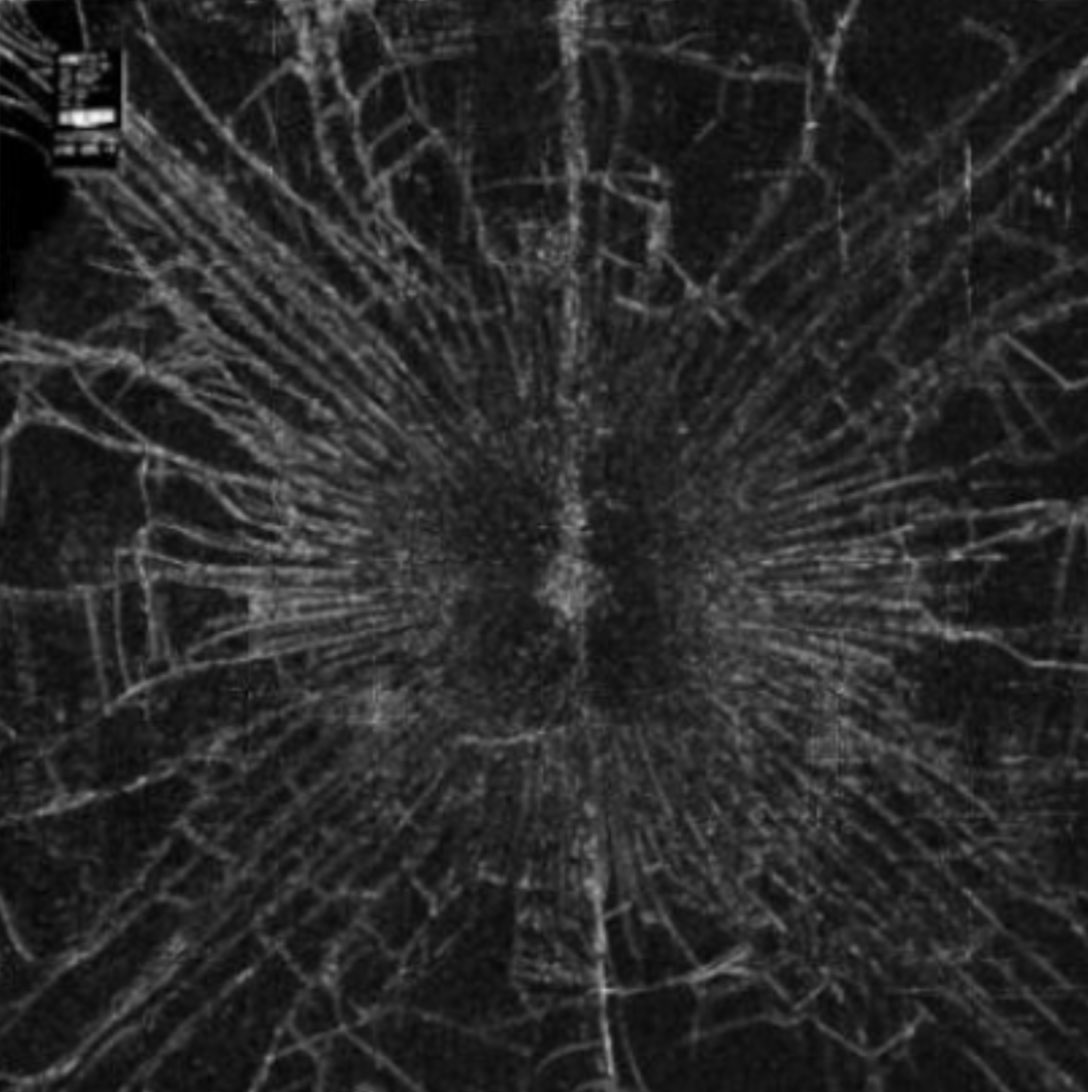On the Low-Velocity Impact Response of Laminated Glass with Different Types of Glass and Interlayers
DOI:
https://doi.org/10.7480/cgc.7.4483Downloads

Abstract
An adequate understanding of the response of laminated glass structures to impact loading becomes essential to rationalise their design, which has been proven by several studies that appeared in the last years. Our study focuses on the behaviour of three-layer laminated glass plates subjected to the low-velocity impact of a steel impactor. Using combined experimental and computational analysis, we study the influence of the laminated glass composition on the response of laminated glass, crack initiation and the final fracture pattern. A polyvinyl butyral or ethylene-vinyl acetate interlayer merges annealed or heat-strengthened soda-lime-silica glass panes together so that the tested panels have the same cross-section layout. As the boundary conditions of the plate largely influence the impact performance of glass panels, the samples were suspended on thin steel ropes to avoid the effect of supports on the laminated glass response. The finite element model of this contact-impact problem, accounting for the time/temperature-dependent behaviour of two polymer interlayers, is presented and validated. Finally, we discuss the effect of the glass and foil type on the contact force and response of laminated glass plates.
Published
Issue
Section
Laminated Glass & Interlayer Properties
Keywords:
Laminated glass; Low-velocity impact; Polyvinyl butyral; Ethylene-vinyl acetate; Annealed glass; Heat-strengthened glass; Finite element methodLicense
Copyright (c) 2020 Alena Zemanová, Petr Hála, Petr Konrád, Jaroslav Schmidt, Radoslav Sovják, Michal Šejnoha

This work is licensed under a Creative Commons Attribution 4.0 International License.



